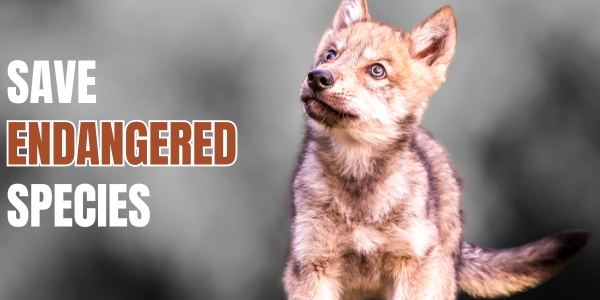Photo Credit: Jeff Servoss, USFWS
How does the Endangered Species Act work? – Well, but only when species are formally listed under the law.
On the ESA Waiting List
The Endangered Species Act is one of the strongest environmental statutes in our nation—and the world—but it cannot protect a species that is not formally listed under the law.
After reviewing a species for listing, the U.S. Fish and Wildlife Service, which has authority over land-based species, has three options: propose the species for “threatened” or “endangered” status; declare the species doesn’t warrant listing; or announce the species deserves to be listed, but can’t be proposed due to other, higher-priority actions (“warranted but precluded”). Species found to be “warranted but precluded” are placed on the candidate list, where they may wait indefinitely without protection under the Act. This loophole in the listing process delayed protection for years for hundreds of imperiled species. Such delays can have tragic effects: candidates have gone extinct while awaiting listing.
Historic Milestone
In 2011, more than 250 species were on the candidate list, and more than 80 percent of them were first recognized to warrant listing more than 10 years before that. Some species lingered on the candidate list for decades; for example, more than 50 plants petitioned by the Smithsonian Institute in 1975 were still stuck on the candidate list. “Higher-priority actions” that prevented candidate listing were often delayed, and the actual number of listings slowed to a near-standstill.
WildEarth Guardians broke this “listing logjam” by entering into a historic settlement agreement with the U.S. Fish and Wildlife Service, requiring it to make final decisions on whether to protect 252 candidate species. The settlement concluded in September 2016, with about 70 percent of the candidate species either granted protections under the Endangered Species Act or proposed for listing.
